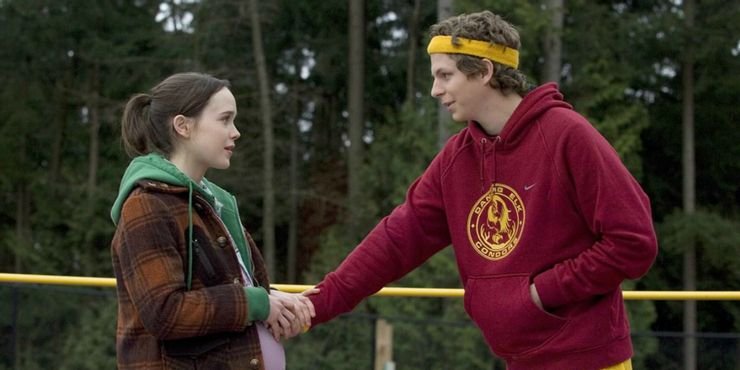Every Scene In Your Screenplay Must Turn
Every scene in your screenplay needs a “reason to be.” And that reason is change. If nothing *changes* for your lead character in the scene, it shouldn’t be in your movie.
This change can be thought of as a “turn” - the moment where things go from good to bad, bad to worse, bad to good, etc. for your character. And these turns can happen in two ways: through action or information.
Turn A Scene On Action Or Information.
Action is what your character does, while information is what the character or audience learns.
Tara and I always ask each other: what is this scene about? Or in other words, what is the action or information that is this scene’s reason to be?
Whatever your answer is to that question, Syd Field reminds us that one thing this action or info must do is either move the story forward or reveal character. Here’s Field talking about this in his book, Screenplay:
“The purpose of the scene is twofold: Either it moves the story forward or it reveals information about the character. If the scene does not satisfy one, or both, of these two elements, then it doesn’t belong in the screenplay.”
Here’s an example fromThe 40 Year-Old Virgin (Written by Judd Apatow and Steve Carell). It’s a very short scene that turns on information to reveal character. It occurs on page 6, just after David (Paul Rudd), Cal (Seth Rogan), and Jay (Romany Malco) invite Andy (Steve Carell) to their weekly poker game:
This scene turns on information that reveals Andy’s character. Jay, Cal, and David expected to take Andy’s money easily… until they learn that Andy is really good at poker - that’s the turn.
Every Scene Should Be About Only One Thing.
Notice how this scene reveals only one piece of information. Any scene that tries to reveal more than one thing often dies under its own weight. Here’s Syd talking about this, again from Screenplay:
“Every scene must reveal one element of necessary story information to the reader or audience… Rarely does a scene provide more than one piece of information. Many times I’ll read scenes where the writer includes two, sometimes three pieces of information, and it’s way too much. It bogs down the narrative line and can be confusing.”
So keep your turns clear and concise. Use action or information to either move the story forward or reveal character. And constantly remind yourself why the scene exists so you can stick as close as possible to the point of the scene.
Think About Your Turns As Positive Or Negative.
The turn in a scene should change the emotional state of your character. It helps to think about these turns as positive or negative. Your character could come into the scene on an up beat (depending on what happens in the scene before) and then the conflict in the scene creates a “turn” that ends the scene on a down beat or the other way around.
Here’s Robert McKee writing about these turns in his book, Story:
“No scene that doesn’t turn. This is our ideal. We work to round every scene from beginning to end by turning a value at stake in a character’s life from the positive to the negative or the negative to the positive… If the [value state] at the end of the scene is the same note you made at the opening, you now have another important question to ask: Why is this scene in my script?”
I like to think of a character’s emotional life like the ball in the old PONG video game. It bounces up and down, up and down from scene to scene with each turn of the story. Moments of (temporary) victory are followed by devastating defeats, bouncing the character from positive to negative emotional values.
The closer you stick to your character’s emotional life in the screenplay as they get batted around, the more the reader will invest and empathize with the character. And the better your screenplay will play.
Keep going and keep writing.
—
ARTICLE SOURCES
Screenplay: The Foundations of Screenwriting, By Syd Field
Story: Style, Structure, Substance, and the Principles of Screenwriting, By Robert McKee
The 40-Year Old Virgin, Written By Judd Apatow and Steve Carell






